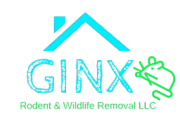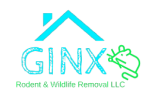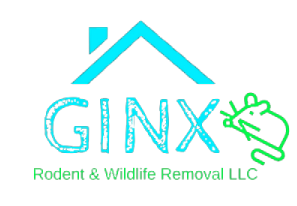The availability of food, drink, or shelter may be the cause of this attraction. Although wildlife can infuse urban environments with a sense of nature, it is crucial for businesses to appropriately handle these visits in order to maintain safety, hygienic conditions, and to reduce any possible risks. This blog post will examine the kinds of commercial areas that are likely to draw animals and how companies might manage these interactions in a responsible manner.

Types of Spaces That Attract Wildlife
Green Spaces and Gardens
The majority of business locations have gardens or green areas for the enjoyment of both staff and customers. Additionally, these regions may attract a variety of species. The food and shelter these environments provide attract insects, birds, and small mammals. In search of nectar and pollen, insects approach too-distant shields that are raised by trees, bushes, or flowers that serve as bird nesting sites.
Water Features
Wildlife may be drawn to water features such as artificial lakes, ponds, and fountains. In addition to aquatic creatures like frogs and turtles, birds are frequently spotted close to water sources. These characteristics make animals very appealing in urban environments since they provide a place for them to drink, bathe, and occasionally even locate food.
Food Sources and Waste Areas
Commercial facilities that handle food, such as cafeterias, restaurants, and food courts, are highly attractive to wildlife. Rats, birds, and even larger mammals can be drawn in by the scent of food. Because animals look for food scraps, waste areas can also be biodiversity hotspots. It is crucial for businesses to manage waste effectively to minimize wildlife attraction.
Structural Features
Buildings themselves can attract wildlife. Animals looking for shelter may enter older buildings through gaps or cracks. While small creatures may infiltrate crawl areas or basements, birds may build their nests on rooftops or ledges. These places can be kept safe with routine upkeep and inspections.
How Businesses Can Manage Wildlife
Safe Wildlife Exclusion
Companies must take action to manage wildlife in a way that is safe for people and animals. It is possible to stop animals from entering and settling in business areas by using safe wildlife exclusion techniques. This may include sealing entry points, managing waste more effectively, and using barriers to keep animals away from certain areas.
Education and Awareness
Companies must take action to manage wildlife in a way that is safe for people and animals. It is possible to stop animals from entering and settling in business areas by using safe wildlife exclusion techniques.
Managing Wildlife Interactions in Commercial Environments
The presence of food, water, and shelter in commercial areas frequently draws wildlife. Although wildlife can be entertaining and contribute to the atmosphere of a place, it is crucial that companies handle these encounters with caution. Employee awareness-raising and safe wildlife exclusion are two tactics that can assist balance the requirements of people and animals. Businesses may make spaces that are friendly and safe for everyone by using these measures.
For a humane and well-rounded approach to managing animals in your business area, pick Ginx Rodent and Wildlife Removal. Together, let’s build settings that are secure and peaceful. Make your company wildlife-friendly by getting in touch with us right now to find out more about our offerings!







